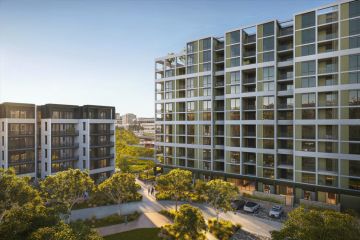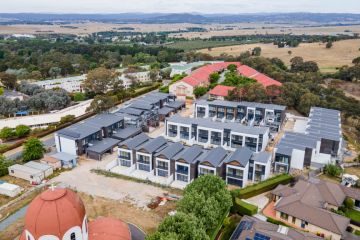Why architecture can be a solution to climate change
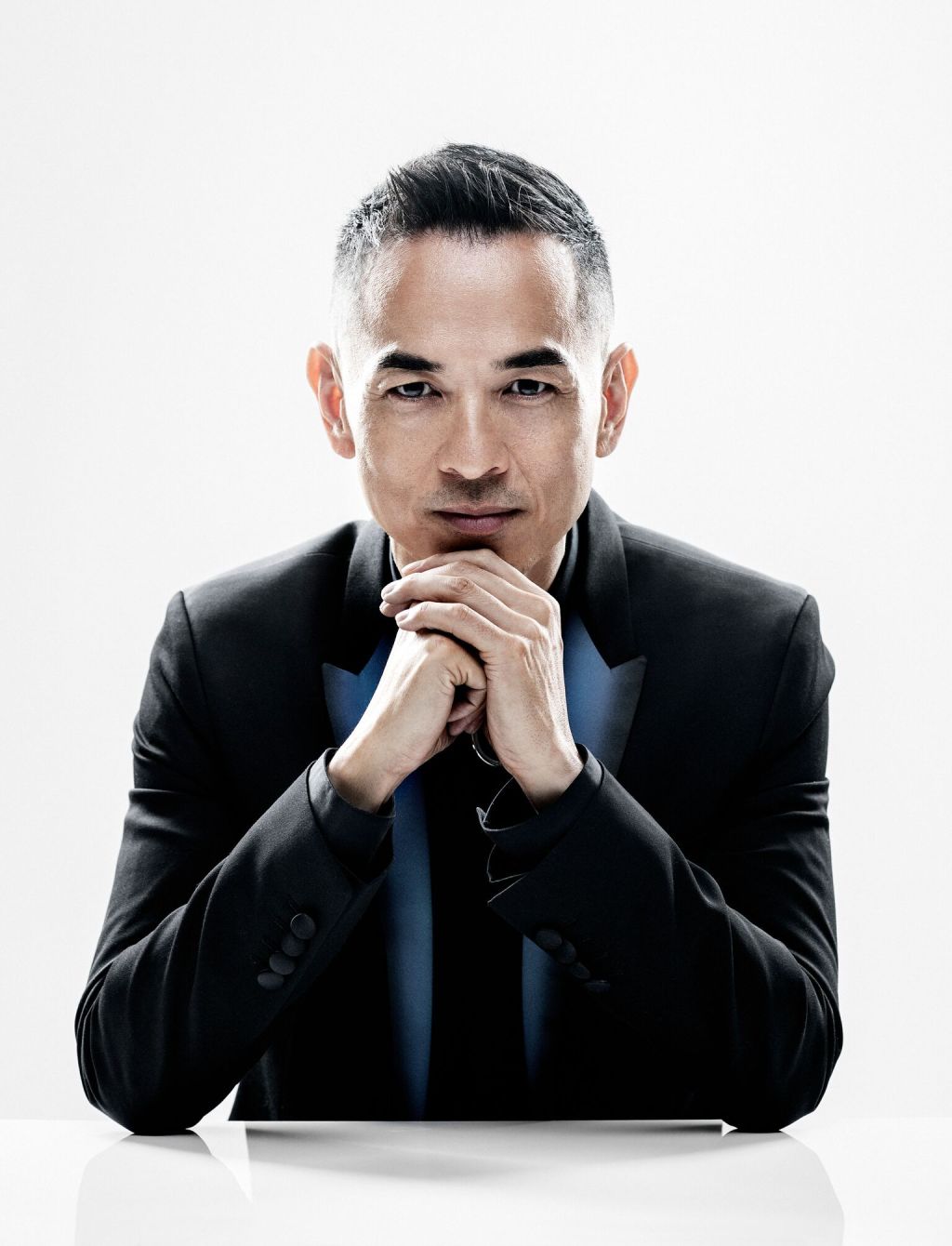
One of Australia’s most influential architects says his industry is at a critical point in the making of new buildings as they relate to climate change.
To the biggest annual gathering of the folk responsible for such a large portion of the public realm, the Sydney-based but globally-operative Koichi Takada will argue that because of the measurable impacts of climate change, the industry as a whole is at such a critical point “that we must now change our drive from one of commercialisation to mass greening”.
“And that will be amazing.”
On Thursday at Urbanity, a two-day urban developers’ conference in Brisbane bringing together delegates and speakers from all over Australia and the Pacific, Takada will tell the audience – who are diverse as place makers and art curators – that “we must change the way we are working”.
“We need to think big,” he told Domain. “We need to lead by example and, in the most fundamental way, we need to respect nature because buildings are no longer, as Le Corbusier defined them, ‘machines for living’.
“They must now be about a sustainable, carbon-neutral future because we are dealing with a different set of challenges and what we do from now on is involved in the life of the planet!”
This onus will not strangle creativity, as Takada’s incredible and often award-winning recent large-scale works demonstrate. They include Arc and the Infinity buildings in Sydney, the pending Sky Trees in Los Angeles, and the Waterfall in Brisbane that will have a 118-metre high waterfall on its western facade.
“We will still have a lot of possibilities and a lot of freedoms,” he says. “But where for the past few decades we have been doing anonymous ‘global’ architecture, which is basically copy and paste computer-formulated design, we must now do it differently because, truly, the climate change issue is so massive.”
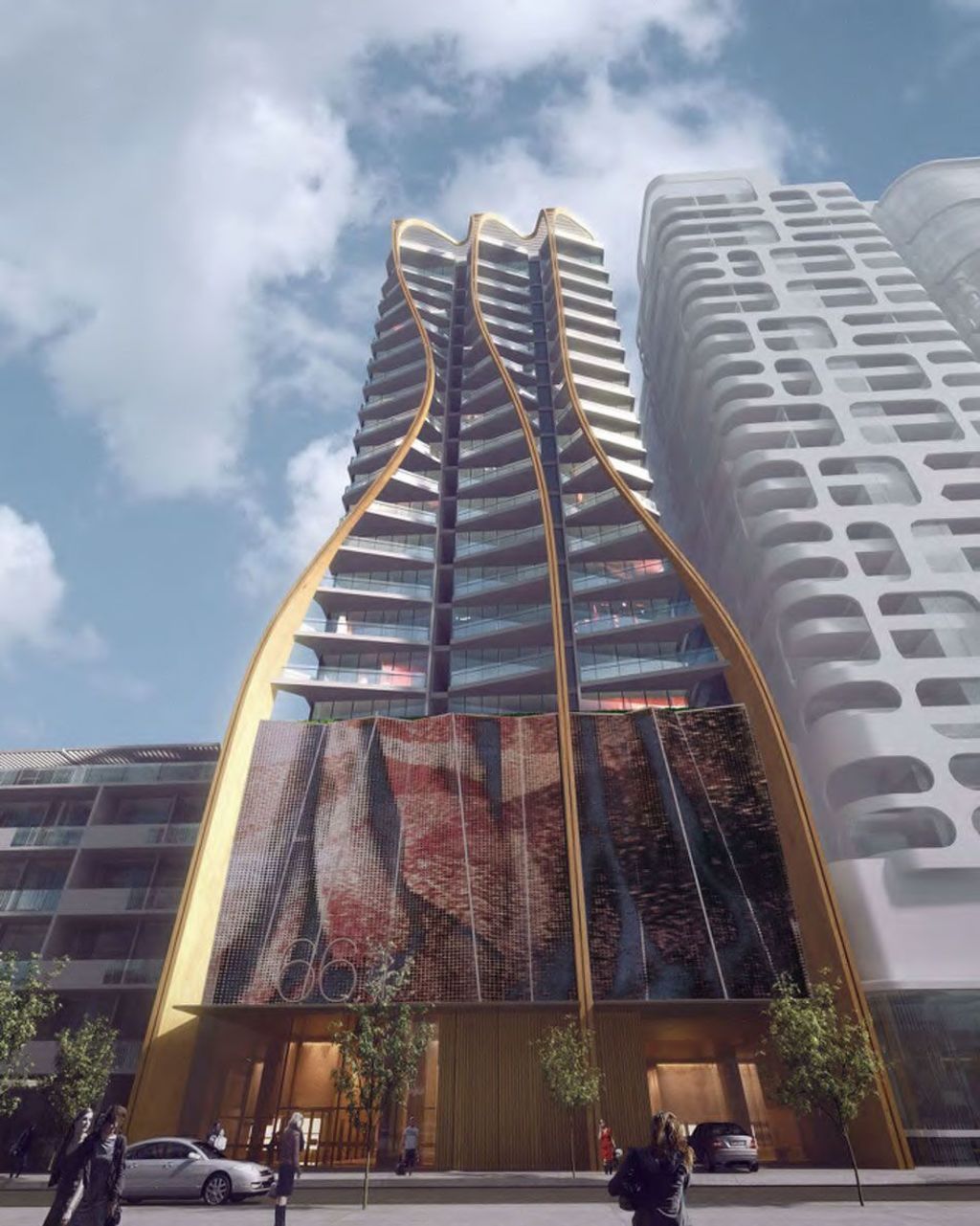
The title of Takada’s talk, “The Humanising of Architecture”, is not only a concept he’s been personally obsessed with since experiencing the dehumanising effects of living in New York as a young student.
He knows from entering design competitions that “around the world it is the topic of the moment. I am competing against many of the great and the good architects and they are all trying to design buildings that are very site specific.”
What this means, he says, is that instead of bland, bulky and impervious buildings that belong everywhere and nowhere in particular, “it is now very important to address local cultures, heritage and materials. It is important to take inspiration locally and connect back to our local contexts.”
The arched and brick street face of the multi-towered Arc building in Kent Street Sydney that pays deference to its historic neighbours, which has won several awards and will probably earn even more, is an excellent example of what Takada means.
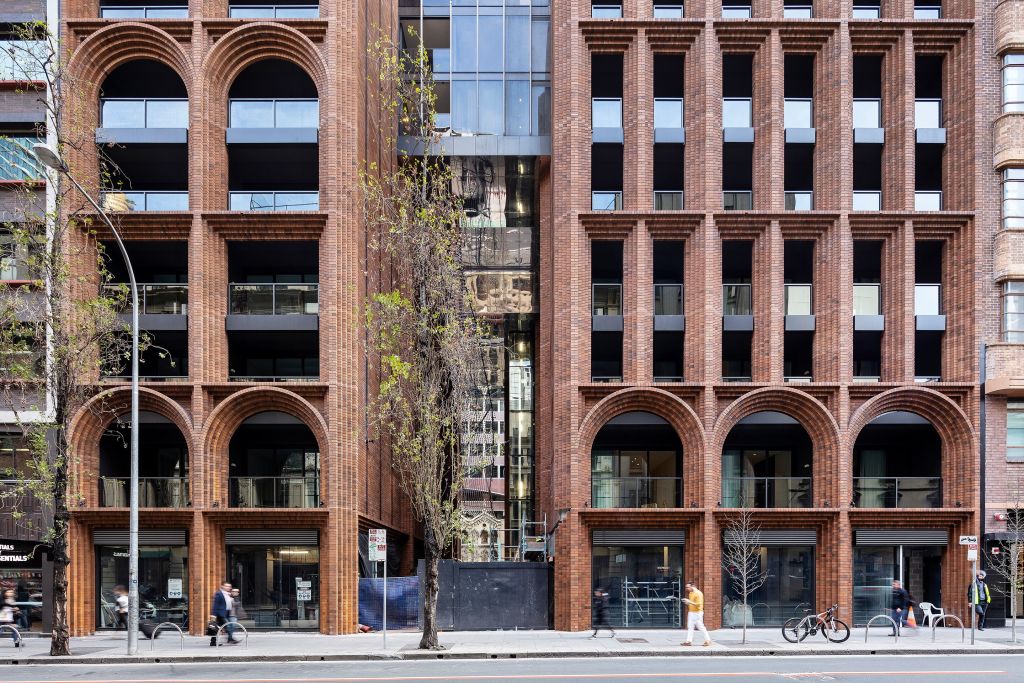
“It looked at its local neighbourhood. It is made of local brick and they were all laid by hand to better blend into a heritage context and to show the humanising nature of architecture,” he says.
“People love it because it wasn’t machine-built. It wasn’t just about metal and glass. It isn’t part of a curtain wall city, which is unbearable. Bricks are textured and earthy and warm and, like stone, are a material we can all connect to.”
As important as it is for people to feel they can relate to the buildings they inhabit as part of their daily world, Takada is an advocate for buildings that breathe and that connect to the outside world.
“We have to let nature in to the heart of our buildings. Instead of living in airconditioning, we have to let the wind and the light and scents move into and through buildings,” he says.

“In cities that have forgotten about nature, we have to let architecture breath so that cities can start to interact with nature again.
“And this will change architecture very fundamentally.”
The Urbanity conference opened in Brisbane on Wednesday.
We recommend
We thought you might like
States
Capital Cities
Capital Cities - Rentals
Popular Areas
Allhomes
More
- © 2025, CoStar Group Inc.
